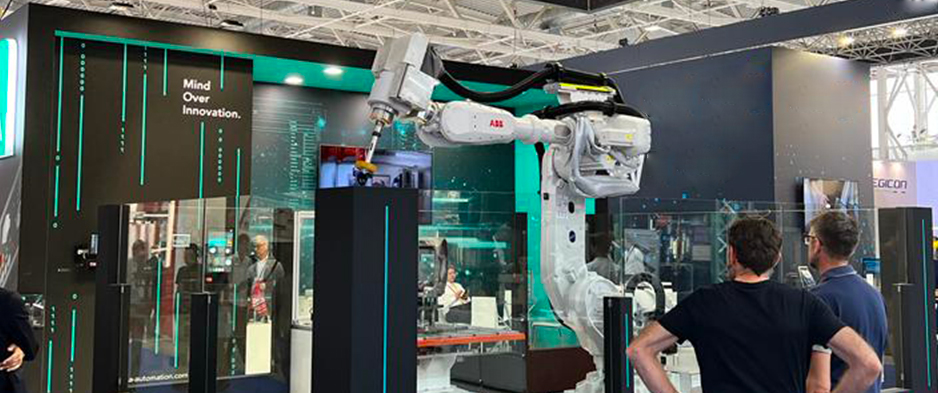On 11 June 2022, MECSPE, the main Italian event dedicated to manufacturing and Industry 4.0, took place in Bologna. Three full days of events, focusing on the latest in industrial technology. At its 20th edition, the fair organized by Senaf recorded positive numbers, with a total of 48,562 visitors and the participation of 2,024 companies, including ESA.
The MECSPE 2022 program
With 375,000 square meters of exhibition space, the new Bolognafiere exhibition center has been divided into 18 pavilions, the setting for numerous events. The three focuses of the flagship event Factory Without Limits were added to the key themes of MECSPE such as digitization, sustainability and training: predictive diagnostics, lightening and energy efficiency.
In the districts of automatic machines, engines, mechanical and plastic processing, logistics, white goods, luxury, and aluminum, thousands of professionals and companies met to exchange ideas on the latest and most innovative solutions. From the latest additive manufacturing machines for plastic and metal, to reverse engineering equipment, to the materials produced by recycling coffee pods, the exhibition program has kept the promise of the payoff “come and find the idea you are missing”.
The highlight of the event was the MECSPE Live Academy, created in collaboration with the six Competence Centers and the participating companies. Here, visitors were shown how new technologies can improve the production process and involve the new generations in the world of industrial processes.
MECSPE confirmed its strategic role for the meeting, comparison and promotion of synergies between professional operators in the sector of specialized mechanics and Industry 4.0.
Force Control and ESA at MECSPE
At MECSPE, ESA presented its Robotics division. For the occasion, we created a robotic cell for integrated Force Control. We wanted to highlight how this new technology allows to simplify the use of robots in applications that require adaptive motion control in real time.
During the demonstration it was possible to see how the integrated Force Control allows to keep the force constant between the robot and the workpiece. In addition, it becomes possible to adjust the speed of the robot based on the input received from the force sensor to make it more precise.
Another advantage on which we have focused is the ability of Force Control to make the robot able to react to the surrounding environment and thus deviate from the programmed path or adjust its speed based on the feedback of the force sensor. This is a step up from traditional robots, where position control depends on a predefined path and speed.
Finally, the advanced software for force control technology provides the functions of:
- Sensor calibration, load identification, gravity compensation
- Recovery
- Configure conditions and constraints
- Supervision
- Process feedback from the force sensor
- Support 6 degrees of freedom force / torque sensors
- Degree of freedom force sensor support
- Use of analog voltage signal

